Home>Maintenance & Safety>Safety Equipment & Products>Topics For A Nursing Home Safety Meeting


Safety Equipment & Products
Topics For A Nursing Home Safety Meeting
Published: December 21, 2023
Discover essential topics for a nursing home safety meeting, including the importance of safety equipment and products. Ensure a safe environment for residents and staff.
(Many of the links in this article redirect to a specific reviewed product. Your purchase of these products through affiliate links helps to generate commission for Storables.com, at no extra cost. Learn more)
Introduction
Welcome to our comprehensive guide on nursing home safety. As we delve into this crucial topic, we aim to provide valuable insights and practical tips to ensure the well-being and security of residents in nursing home facilities. Safety is a fundamental aspect of caregiving, and it encompasses a wide array of considerations, from fall prevention to infection control and emergency preparedness. By addressing these vital areas, we can create a nurturing and secure environment where residents can thrive.
Throughout this guide, we will explore the common safety concerns in nursing homes and discuss effective strategies for mitigating these risks. Our goal is to empower caregivers, healthcare professionals, and staff members with the knowledge and tools necessary to uphold the highest standards of safety and quality of life for residents.
Nursing home safety is not solely about physical protection; it also encompasses emotional well-being, respect for individual rights, and effective communication among staff members. As we embark on this journey, let us keep in mind the profound impact that a safe and supportive environment can have on the lives of our residents. Together, we can cultivate a culture of safety and compassion within nursing home communities, fostering an environment where residents can flourish and thrive.
Join us as we delve into the multifaceted realm of nursing home safety, exploring best practices, proactive measures, and the paramount importance of prioritizing the well-being of those in our care. Let's embark on this journey together, embracing the mission of safeguarding and enhancing the lives of nursing home residents.
Key Takeaways:
- Nursing home safety is crucial for residents’ well-being, covering fall prevention, infection control, and emergency preparedness. It’s about creating a nurturing and secure environment where residents can thrive.
- Prioritizing resident rights, dignity, and staff training is essential. It fosters a supportive and respectful care environment, empowering residents to lead fulfilling lives with compassion and security.
Importance of Nursing Home Safety
Nursing home safety is of paramount importance as it directly impacts the well-being and quality of life of residents. A safe and secure environment is essential for promoting physical health, emotional comfort, and overall peace of mind for both residents and their families. By prioritizing safety measures, nursing homes can create a supportive atmosphere that fosters trust, dignity, and a sense of belonging.
One of the key aspects of nursing home safety is fall prevention. Falls can result in serious injuries, including fractures, head trauma, and long-term mobility issues. By implementing proactive measures such as regular assessments, environmental modifications, and staff training, nursing homes can significantly reduce the risk of falls and enhance the safety of residents.
Proper medication management is another critical component of nursing home safety. Ensuring the accurate administration of medications, monitoring for adverse reactions, and preventing medication errors are vital for safeguarding residents’ health. By adhering to rigorous medication safety protocols, nursing homes can minimize the risk of medication-related incidents and promote optimal health outcomes.
Infection control is also a fundamental aspect of nursing home safety. Preventing the spread of infectious diseases and maintaining a hygienic environment are essential for protecting residents from potential health hazards. Through meticulous cleaning practices, adherence to infection control protocols, and proactive measures to limit the transmission of illnesses, nursing homes can create a safe and healthy living environment for residents.
Emergency preparedness is another crucial consideration in nursing home safety. Being equipped to handle various emergency scenarios, including natural disasters, medical emergencies, and evacuations, is essential for ensuring the well-being of residents and staff members. By implementing comprehensive emergency response plans and conducting regular drills and training exercises, nursing homes can enhance their readiness to address unforeseen events and safeguard the lives of those in their care.
By emphasizing the importance of nursing home safety, we acknowledge the inherent value and dignity of every resident. Safety measures are not merely regulations to be followed; they are a reflection of our commitment to upholding the highest standards of care and compassion. Through a proactive approach to safety, nursing homes can create an environment where residents feel secure, respected, and empowered to lead fulfilling lives.
Common Safety Concerns in Nursing Homes
When addressing nursing home safety, it is essential to recognize and mitigate common safety concerns that residents may encounter. By identifying these potential risks, nursing homes can implement targeted strategies to enhance safety and minimize the likelihood of adverse incidents. Let’s explore some of the prevalent safety concerns in nursing homes and discuss proactive measures to address them.
- Falls: Falls are a significant safety concern in nursing homes, often resulting in injuries and diminished quality of life for residents. Factors such as mobility limitations, environmental hazards, and medication side effects can contribute to the risk of falls. Implementing fall prevention strategies, including regular assessments, environmental modifications, and staff training on safe transfer techniques, can help mitigate this risk.
- Medication Errors: Ensuring the proper handling and administration of medications is crucial for resident safety. Medication errors, such as incorrect dosages or missed doses, can have serious consequences. Comprehensive medication management protocols, staff education on medication safety, and regular medication reviews are essential for preventing errors and promoting residents’ well-being.
- Infections: Infection control is a critical concern in nursing homes, particularly due to the vulnerability of residents with weakened immune systems. Preventing the spread of infections through rigorous cleaning practices, adherence to hand hygiene protocols, and proactive measures to limit the transmission of illnesses is essential for safeguarding residents’ health.
- Emergency Preparedness: Nursing homes must be prepared to address various emergency scenarios, including natural disasters, medical emergencies, and evacuations. Comprehensive emergency response plans, regular drills, and staff training on emergency procedures are vital for ensuring the safety and well-being of residents during unforeseen events.
- Resident Rights and Dignity: Upholding the rights and dignity of residents is an integral aspect of nursing home safety. Ensuring respectful and person-centered care, promoting autonomy, and addressing any instances of neglect or abuse are essential for creating a safe and supportive environment where residents feel valued and respected.
By acknowledging and actively addressing these common safety concerns, nursing homes can create a secure and nurturing environment where residents can thrive. Through proactive measures, ongoing staff training, and a commitment to resident-centered care, nursing homes can significantly enhance the safety and well-being of their residents.
Preventing Falls
Falls are a significant concern in nursing homes, posing risks to the safety and well-being of residents. By implementing proactive strategies and creating a safe environment, nursing homes can effectively reduce the incidence of falls and mitigate the associated risks. Let’s explore key measures for preventing falls and promoting resident safety.
Assessment and Individualized Care Plans: Conducting comprehensive fall risk assessments for each resident is essential for identifying factors that may contribute to the risk of falls. These assessments should take into account mobility limitations, balance issues, medication side effects, and environmental hazards. Based on the assessment findings, individualized care plans can be developed to address specific risk factors and tailor interventions to each resident’s needs.
Environmental Modifications: Creating a safe and accessible living environment is crucial for preventing falls. This includes ensuring well-lit hallways and common areas, minimizing clutter, installing grab bars and handrails in key locations, and addressing any tripping hazards. Regular environmental assessments can help identify potential risks and facilitate prompt modifications to enhance safety.
Staff Training and Education: Equipping staff members with the knowledge and skills to assist residents with mobility and transfers is essential for preventing falls. Training on proper transfer techniques, the use of mobility aids, and strategies for assisting residents with varying levels of mobility can significantly reduce the risk of falls. Additionally, staff education on recognizing early signs of fall risk and implementing preventive measures is crucial for maintaining a safe environment.
Exercise and Mobility Programs: Encouraging residents to engage in tailored exercise and mobility programs can improve strength, balance, and overall physical function, reducing the risk of falls. These programs can include gentle exercises, balance training, and activities designed to enhance mobility and coordination. Engaging residents in regular physical activity not only promotes their physical well-being but also contributes to fall prevention.
Monitoring and Follow-Up: Ongoing monitoring of residents’ mobility and fall risk is essential for identifying any changes or emerging concerns. Regular follow-up assessments, communication with healthcare providers, and timely adjustments to care plans based on residents’ evolving needs are critical for maintaining a proactive approach to fall prevention.
By implementing these comprehensive strategies, nursing homes can create a secure and supportive environment that minimizes the risk of falls and prioritizes the safety and well-being of residents. Through a proactive and individualized approach to fall prevention, nursing homes can significantly enhance the quality of care and promote a safe living environment for all residents.
Proper Handling and Administration of Medications
Ensuring the safe and accurate handling of medications is a critical aspect of nursing home safety. Residents in nursing homes often rely on multiple medications to manage various health conditions, making it essential to adhere to stringent medication management protocols to prevent errors and promote optimal health outcomes. Let’s explore key considerations for the proper handling and administration of medications in nursing home settings.
Medication Reconciliation: Conducting thorough medication reconciliation for each resident is essential for maintaining an accurate and up-to-date record of their medications. This process involves comparing the resident’s current medication regimen with their medical records, addressing any discrepancies, and ensuring that all prescribed medications are documented and administered correctly.
Staff Training and Competency: Providing comprehensive training to nursing home staff members on medication safety, administration techniques, and the recognition of potential adverse reactions is vital for ensuring residents’ well-being. Staff members responsible for medication administration should demonstrate competency in handling various types of medications, understanding dosage instructions, and recognizing potential interactions or side effects.
Medication Storage and Security: Proper storage of medications, including temperature control, protection from light, and secure storage to prevent unauthorized access, is essential for maintaining medication efficacy and preventing errors. Implementing strict protocols for medication storage, handling controlled substances, and ensuring secure access to medications helps safeguard residents’ health and prevent medication misuse or diversion.
Adherence to Medication Schedules: Timely and accurate administration of medications according to prescribed schedules is crucial for maintaining therapeutic effectiveness and preventing adverse events. Nursing home staff should follow standardized procedures for medication administration, document the administration process accurately, and promptly address any missed doses or deviations from the prescribed regimen.
Medication Reviews and Monitoring: Conducting regular medication reviews in collaboration with healthcare providers can help identify potential issues such as polypharmacy, medication interactions, or adverse reactions. Ongoing monitoring of residents’ responses to medications, including vital sign assessments and symptom management, is essential for ensuring the appropriateness and safety of the prescribed regimens.
By prioritizing the proper handling and administration of medications, nursing homes can uphold the highest standards of safety and quality of care for residents. Through rigorous adherence to medication management protocols, staff training, and ongoing monitoring, nursing homes can create a secure and supportive environment where residents receive the medications they need in a safe and effective manner.
Tip: Encourage residents to keep walkways clear of clutter to prevent falls. Use non-slip mats in bathrooms and handrails in hallways to improve safety.
Infection Control
Effective infection control measures are essential in nursing homes to safeguard the health and well-being of residents, particularly those who may be more vulnerable to infectious diseases. By implementing rigorous infection control protocols and maintaining a hygienic environment, nursing homes can minimize the risk of infections and promote a safe living environment for residents. Let’s explore key considerations for infection control in nursing home settings.
Hand Hygiene and Personal Protective Equipment (PPE): Encouraging and enforcing strict adherence to hand hygiene practices among staff members, residents, and visitors is vital for preventing the spread of infections. Providing readily accessible hand sanitizing stations, promoting proper handwashing techniques, and ensuring the availability of personal protective equipment, such as gloves and masks, contribute to infection prevention efforts.
Cleaning and Disinfection Protocols: Implementing comprehensive cleaning and disinfection protocols for resident rooms, common areas, and high-touch surfaces is essential for maintaining a hygienic environment. Using appropriate disinfectants, following recommended cleaning frequencies, and addressing potential reservoirs of infection contribute to the overall cleanliness and safety of the facility.
Respiratory Hygiene and Cough Etiquette: Educating staff and residents about respiratory hygiene practices, including covering coughs and sneezes, disposing of tissues properly, and wearing masks when appropriate, helps minimize the risk of airborne transmission of infections. Clear communication of these practices and their importance in preventing the spread of respiratory illnesses is crucial for maintaining a healthy environment.
Infection Surveillance and Reporting: Establishing robust infection surveillance systems to monitor and track the occurrence of infections within the facility enables prompt identification of potential outbreaks and the implementation of targeted interventions. Timely reporting of infectious diseases to public health authorities, as required, contributes to broader efforts to prevent the spread of communicable diseases.
Visitor Screening and Education: Implementing visitor screening protocols, including symptom checks and travel history assessments, can help mitigate the risk of introducing infections into the facility. Providing education to visitors about infection control expectations, visitor restrictions during outbreaks, and the importance of adhering to facility policies supports a collaborative approach to maintaining a safe environment.
By prioritizing infection control measures, nursing homes can create a secure and hygienic environment that promotes the health and safety of residents. Through ongoing education, strict adherence to hygiene practices, and proactive surveillance, nursing homes can minimize the risk of infections and uphold the highest standards of care for their residents.
Emergency Preparedness
Comprehensive emergency preparedness is essential for nursing homes to effectively respond to various unforeseen events and safeguard the well-being of residents and staff members. By implementing robust emergency response plans, conducting regular drills, and ensuring staff readiness, nursing homes can enhance their ability to address emergencies and prioritize the safety of those in their care. Let’s explore key considerations for emergency preparedness in nursing home settings.
Emergency Response Plans: Developing and maintaining detailed emergency response plans that encompass a wide range of potential scenarios, including natural disasters, medical emergencies, and facility evacuations, is essential for ensuring preparedness. These plans should outline clear roles and responsibilities, communication protocols, evacuation procedures, and provisions for resident care during emergencies.
Staff Training and Drills: Providing comprehensive training to staff members on emergency response procedures, including evacuation protocols, resident relocation plans, and first aid techniques, is vital for ensuring a coordinated and effective response. Conducting regular drills and simulations to practice emergency scenarios helps familiarize staff with response protocols and enhances their readiness to address unforeseen events.
Resident Safety and Evacuation Planning: Developing individualized evacuation plans for residents with varying mobility and care needs is essential for ensuring their safety during emergencies. Identifying residents who may require additional assistance during evacuations, coordinating with healthcare providers to address specific medical considerations, and maintaining updated resident emergency contact information contribute to comprehensive evacuation planning.
Communication and Coordination: Establishing clear communication channels within the facility, as well as with external emergency response agencies and healthcare partners, is crucial for coordinating an effective response. Maintaining backup communication systems, establishing communication protocols for staff and residents, and facilitating information sharing during emergencies support a cohesive and organized approach to emergency management.
Resource Preparedness: Ensuring the availability of essential resources, including emergency supplies, medical equipment, medications, and provisions for resident care, is vital for maintaining readiness to address emergencies. Regular assessments of emergency supplies, coordination with suppliers for timely replenishment, and contingency planning for resource shortages contribute to comprehensive resource preparedness.
By prioritizing emergency preparedness, nursing homes can create a secure and responsive environment that prioritizes the safety and well-being of residents and staff members. Through ongoing training, meticulous planning, and a commitment to readiness, nursing homes can enhance their ability to address emergencies and provide a secure living environment for those in their care.
Resident Rights and Dignity
Upholding the rights and dignity of residents is a fundamental aspect of nursing home safety and care. Residents in nursing homes have the right to be treated with respect, autonomy, and dignity, and it is essential for staff and caregivers to prioritize these principles in their daily interactions and care practices. Let’s explore key considerations for promoting resident rights and dignity within nursing home settings.
Person-Centered Care: Embracing a person-centered approach to care that respects residents’ individual preferences, choices, and values is essential for upholding their rights and dignity. Engaging residents in care planning, honoring their preferences for daily routines and activities, and fostering a sense of autonomy contribute to a supportive and respectful care environment.
Privacy and Confidentiality: Respecting residents’ privacy and maintaining the confidentiality of their personal information and medical records is crucial for upholding their rights. Staff members should adhere to strict confidentiality protocols, provide private spaces for personal care and discussions, and obtain resident consent for the sharing of personal information or involvement in research or educational activities.
Freedom from Abuse and Neglect: Ensuring a safe and nurturing environment where residents are free from any form of abuse, neglect, or exploitation is essential for upholding their rights. Staff members should undergo training on recognizing and reporting signs of abuse or neglect, and protocols for addressing allegations of mistreatment should be clearly defined and followed rigorously.
Access to Information and Advocacy: Providing residents with access to information about their care, rights, and facility policies empowers them to make informed decisions and advocate for their needs. Clear communication channels for addressing concerns, involving residents in care discussions, and providing support for resident advocacy efforts contribute to a culture of openness and empowerment.
Respect for Cultural and Religious Beliefs: Recognizing and honoring residents’ diverse cultural backgrounds, traditions, and religious beliefs is essential for promoting a supportive and inclusive environment. Accommodating residents’ cultural and religious practices, providing access to spiritual support, and respecting their customs and rituals contribute to a dignified and respectful care experience.
By prioritizing resident rights and dignity, nursing homes can create a nurturing and respectful environment where residents feel valued, supported, and empowered to lead fulfilling lives. Through a commitment to person-centered care, privacy protection, and a zero-tolerance approach to abuse and neglect, nursing homes can uphold the highest standards of respect and dignity for those in their care.
Staff Training and Communication
Effective staff training and communication are integral to maintaining a safe, supportive, and well-functioning nursing home environment. By providing comprehensive training programs, fostering open communication channels, and promoting a collaborative approach to care, nursing homes can enhance staff competency, teamwork, and the overall quality of resident care. Let’s explore key considerations for staff training and communication within nursing home settings.
Comprehensive Training Programs: Implementing structured and ongoing training programs for staff members, encompassing areas such as resident care techniques, safety protocols, infection control practices, and emergency response procedures, is essential for ensuring staff competency and readiness. These programs should address the specific needs of different roles within the facility and incorporate hands-on learning experiences and skill assessments.
Continuing Education and Professional Development: Providing opportunities for staff members to pursue continuing education, attend relevant workshops and seminars, and engage in professional development activities contributes to the ongoing enhancement of their knowledge and skills. Encouraging staff to stay updated on best practices, regulatory changes, and advancements in caregiving supports a culture of continuous learning and improvement.
Effective Communication Channels: Establishing clear and accessible communication channels within the facility, including regular staff meetings, electronic communication platforms, and formal reporting mechanisms, is vital for promoting information sharing, collaboration, and problem-solving. Open lines of communication facilitate the exchange of critical information, resident updates, and feedback among staff members.
Interdisciplinary Collaboration: Fostering a collaborative approach to care that involves interdisciplinary teamwork, including coordination between nursing, medical, therapy, dietary, and social services teams, supports comprehensive resident care and holistic support. Encouraging regular team meetings, care planning discussions, and shared decision-making processes enhances the coordination and effectiveness of care delivery.
Empathy and Resident-Centered Communication: Providing training on empathetic communication, active listening, and resident-centered interactions equips staff members with the skills to engage with residents in a compassionate and respectful manner. Emphasizing the importance of understanding residents’ perspectives, addressing their concerns, and fostering meaningful connections contributes to a supportive and dignified care environment.
By prioritizing staff training and communication, nursing homes can create a cohesive and proficient care team that is dedicated to upholding the highest standards of resident care and safety. Through ongoing education, effective communication strategies, and a commitment to collaborative and resident-centered care, nursing homes can enhance the quality of life and well-being of their residents.
Read more: Rustic Charm Meets Urban Chic
Conclusion
As we conclude our exploration of nursing home safety, it is evident that prioritizing the well-being and security of residents is paramount in creating a nurturing and supportive care environment. By addressing common safety concerns, including fall prevention, proper medication management, infection control, and emergency preparedness, nursing homes can significantly enhance the safety and quality of life for their residents.
Upholding resident rights and dignity is not only a fundamental ethical principle but also a cornerstone of nursing home safety. Respect for individual autonomy, privacy, and cultural diversity fosters an environment where residents feel valued, respected, and empowered in their care experience.
Furthermore, the commitment to staff training and communication plays a pivotal role in ensuring the competency, collaboration, and empathy of the care team. By providing ongoing education, fostering open communication channels, and promoting a resident-centered approach to care, nursing homes can create a cohesive and proficient staff that is dedicated to upholding the highest standards of care and safety.
As we embrace the multifaceted realm of nursing home safety, it is essential to recognize that safety measures are not merely regulatory requirements; they are a reflection of our unwavering commitment to the well-being and dignity of those in our care. Through proactive strategies, ongoing education, and a culture of empathy and respect, nursing homes can create a secure and nurturing environment where residents can thrive and lead fulfilling lives.
Ultimately, nursing home safety is a collaborative endeavor that requires the dedication and compassion of caregivers, healthcare professionals, and staff members. By embracing a holistic approach to safety and care, nursing homes can cultivate an environment where residents feel secure, respected, and empowered to live with dignity and independence.
As we look to the future, let us continue to prioritize nursing home safety as a foundational element of compassionate caregiving. By upholding the highest standards of safety, respect, and support, we can create a positive and enriching environment where residents can age with grace, dignity, and the assurance of a secure and nurturing home.
Frequently Asked Questions about Topics For A Nursing Home Safety Meeting
Was this page helpful?
At Storables.com, we guarantee accurate and reliable information. Our content, validated by Expert Board Contributors, is crafted following stringent Editorial Policies. We're committed to providing you with well-researched, expert-backed insights for all your informational needs.

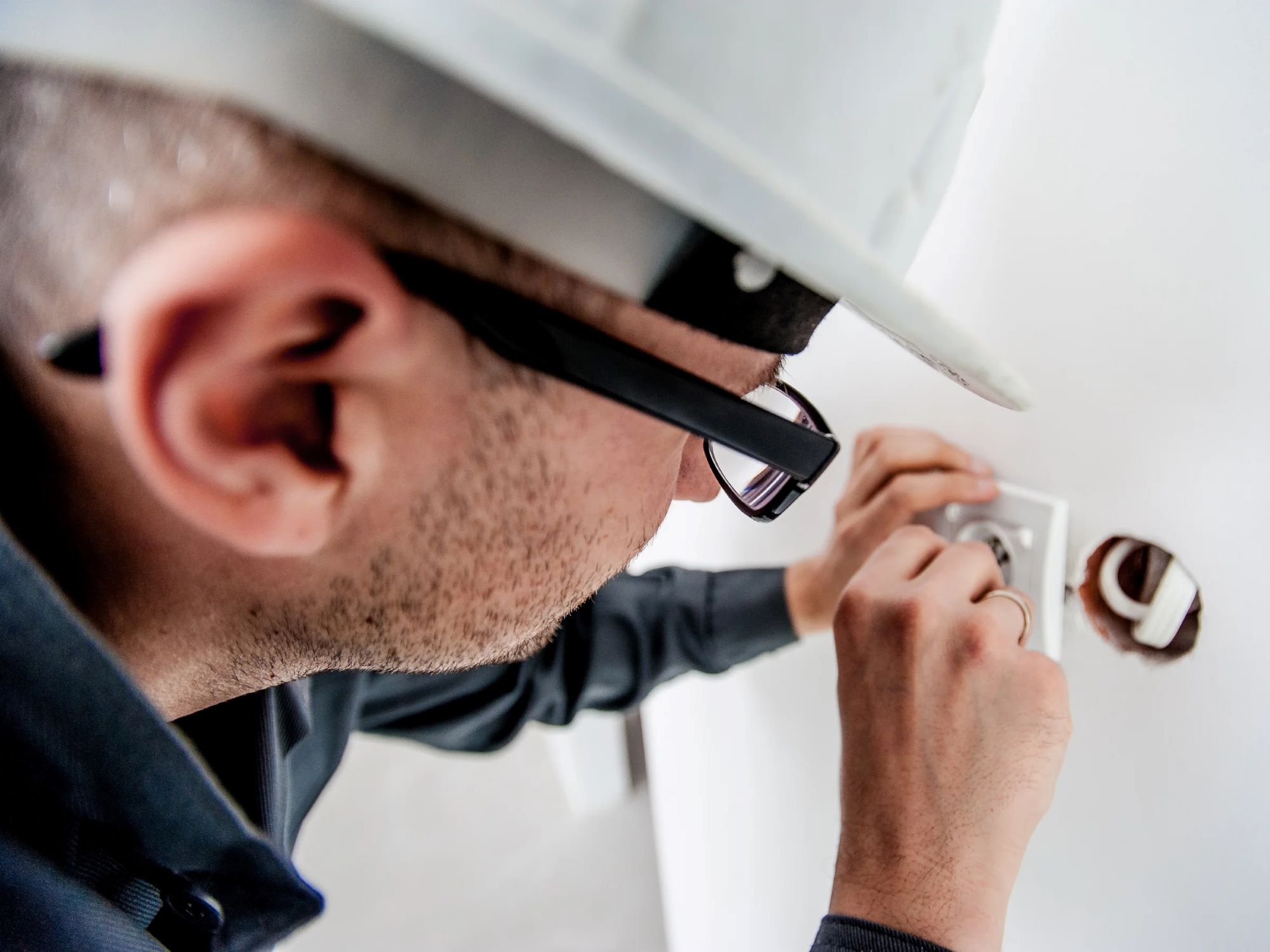
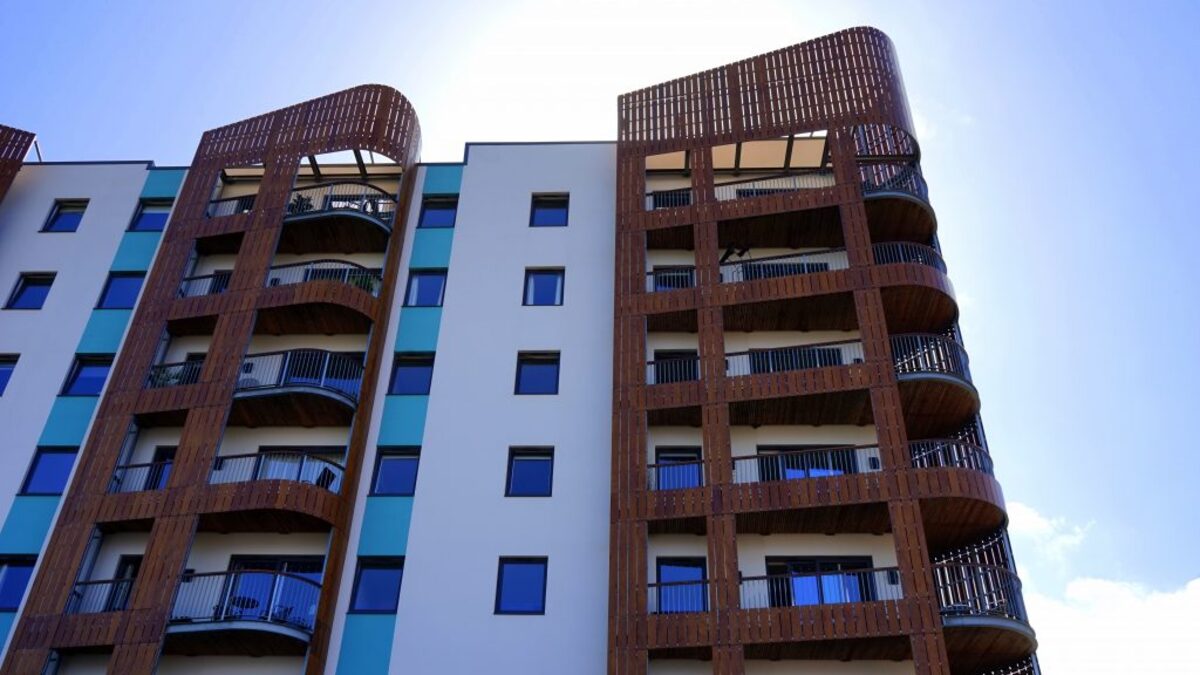
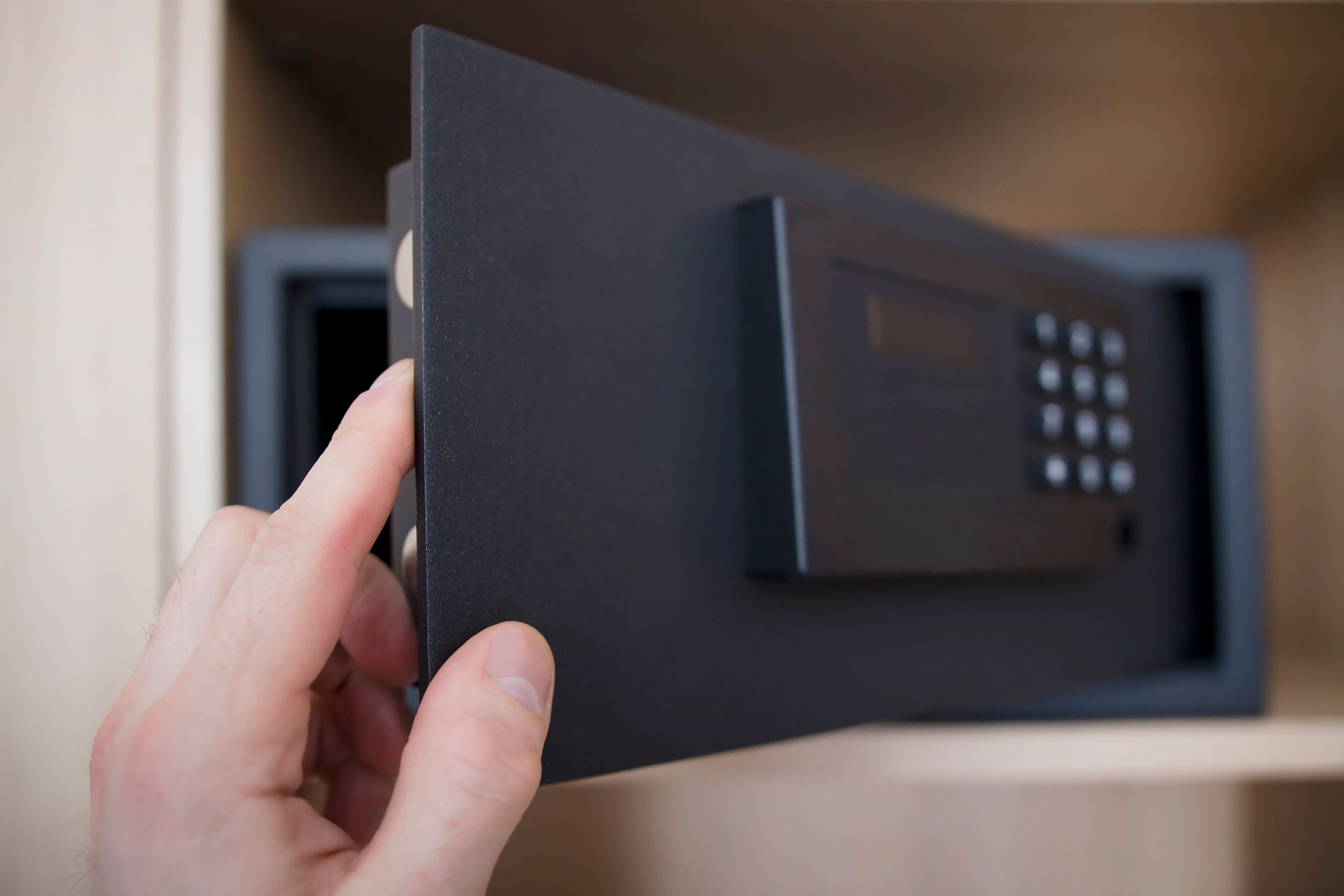

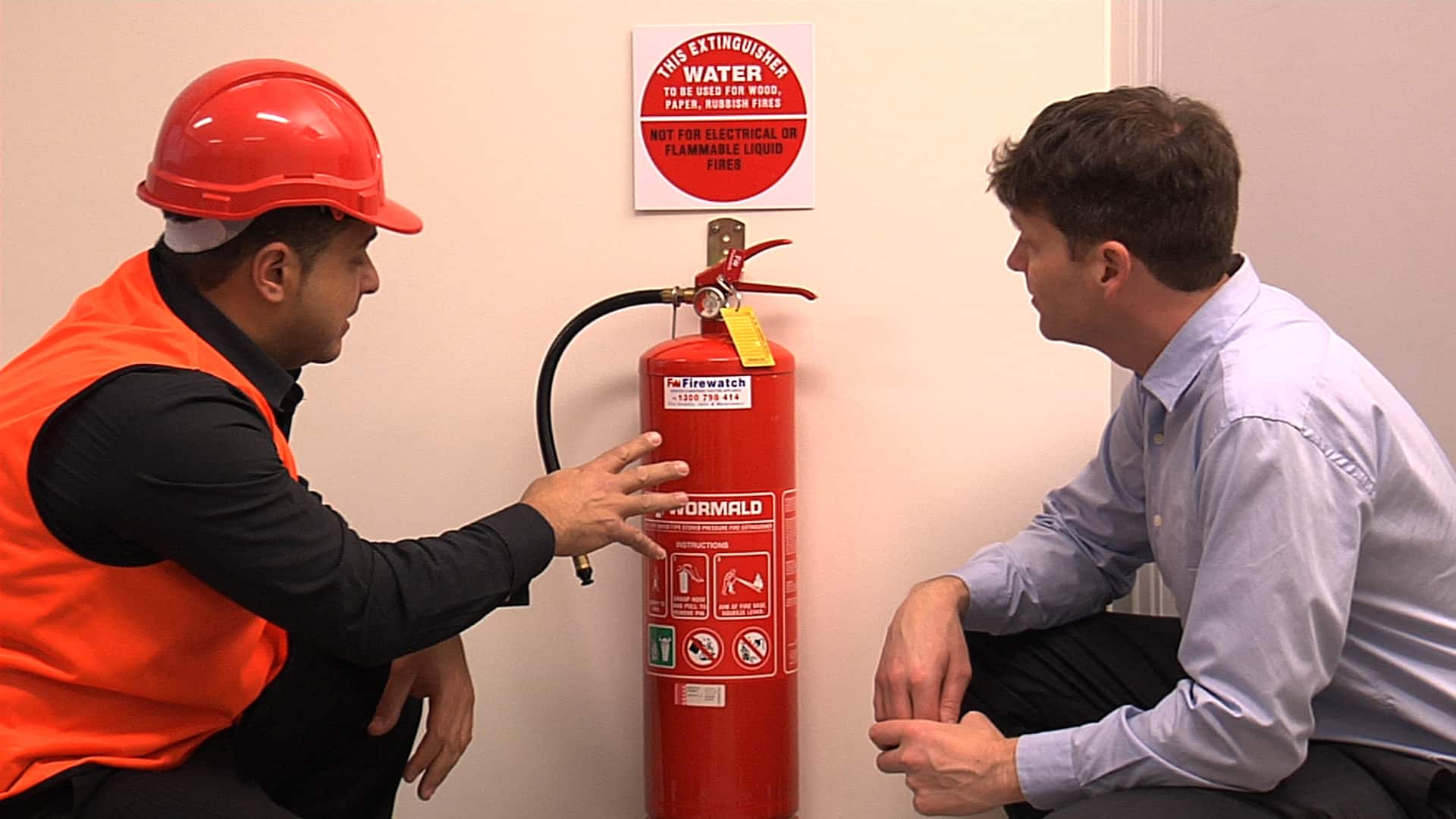

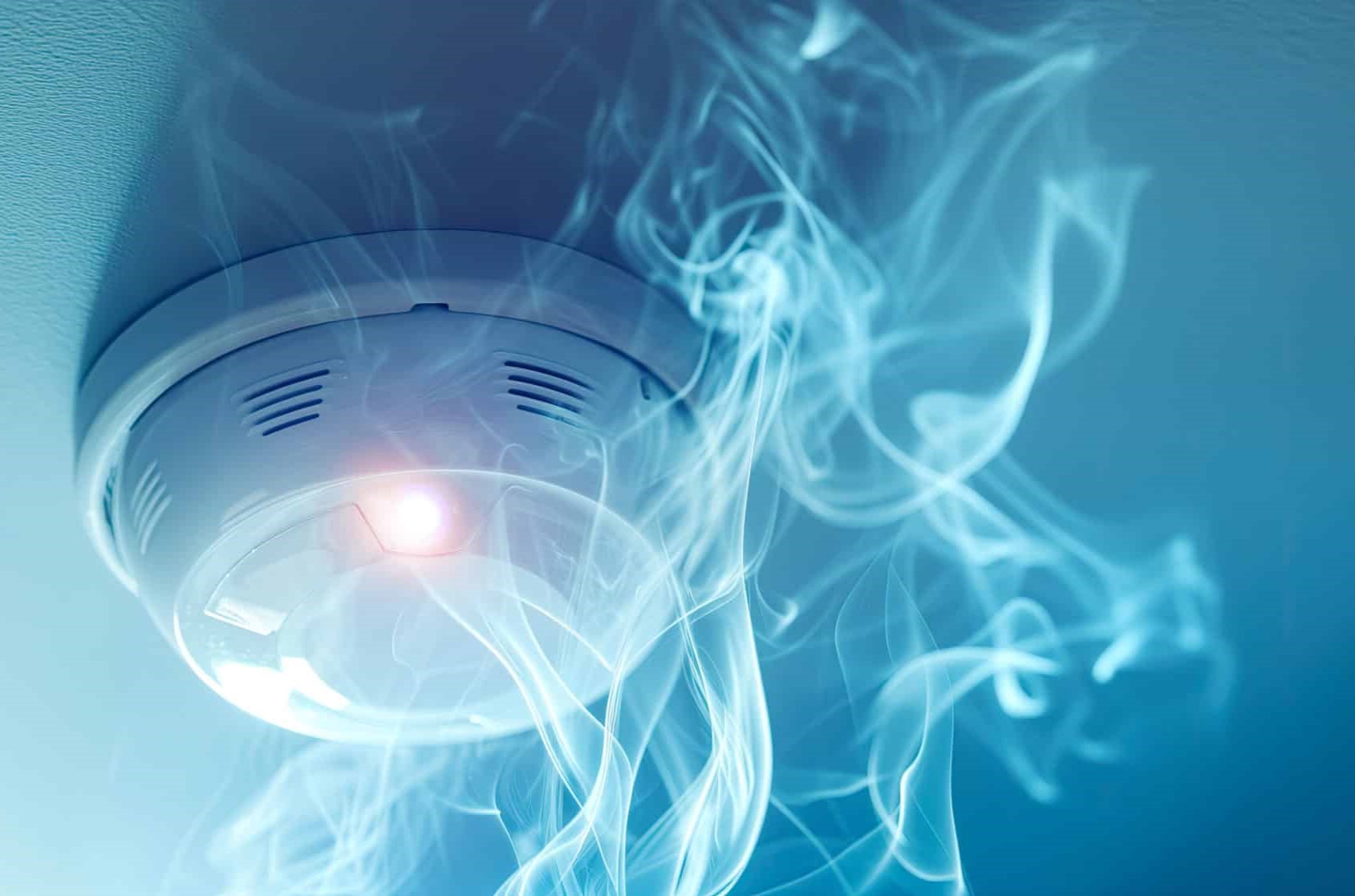
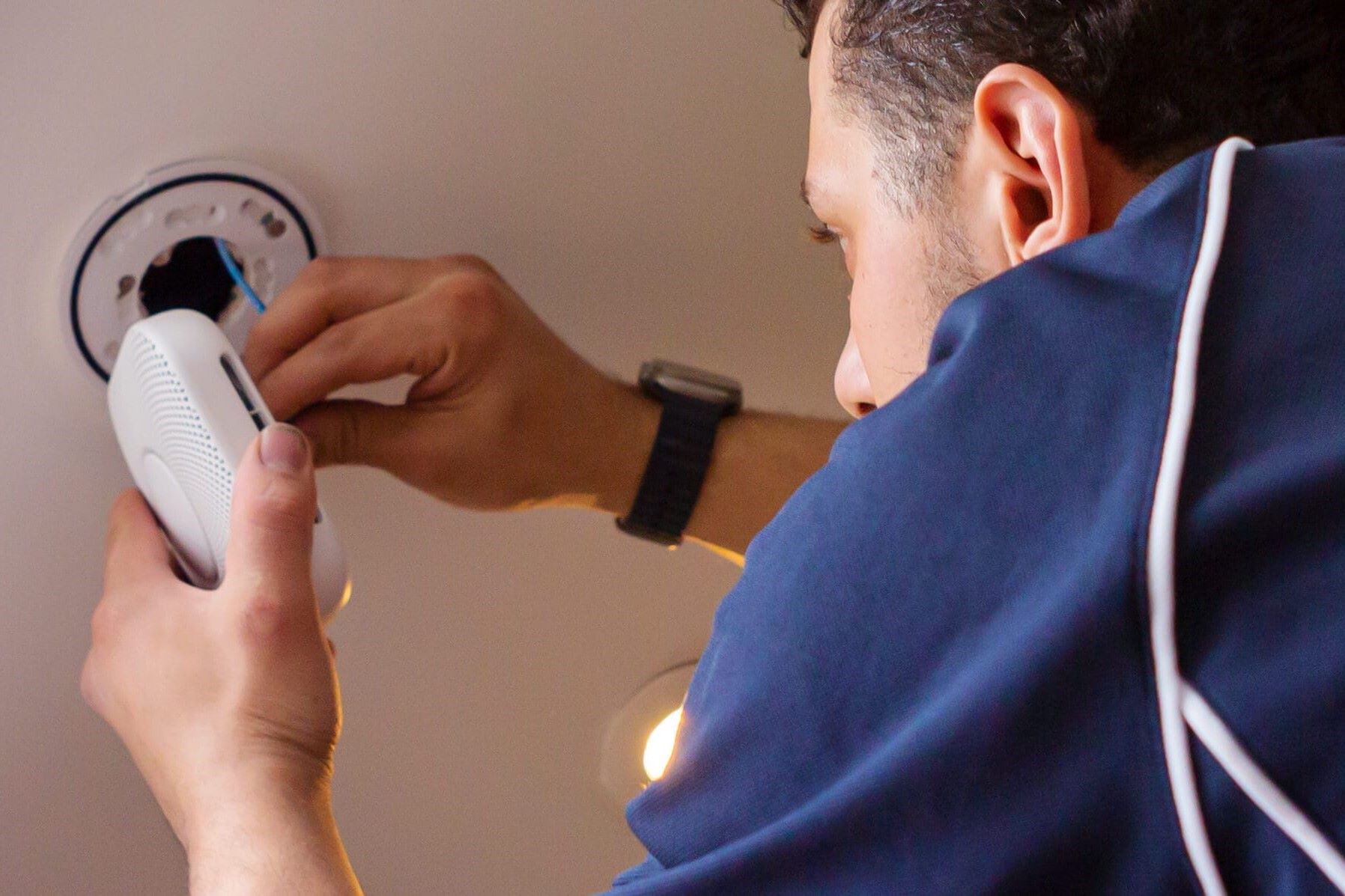

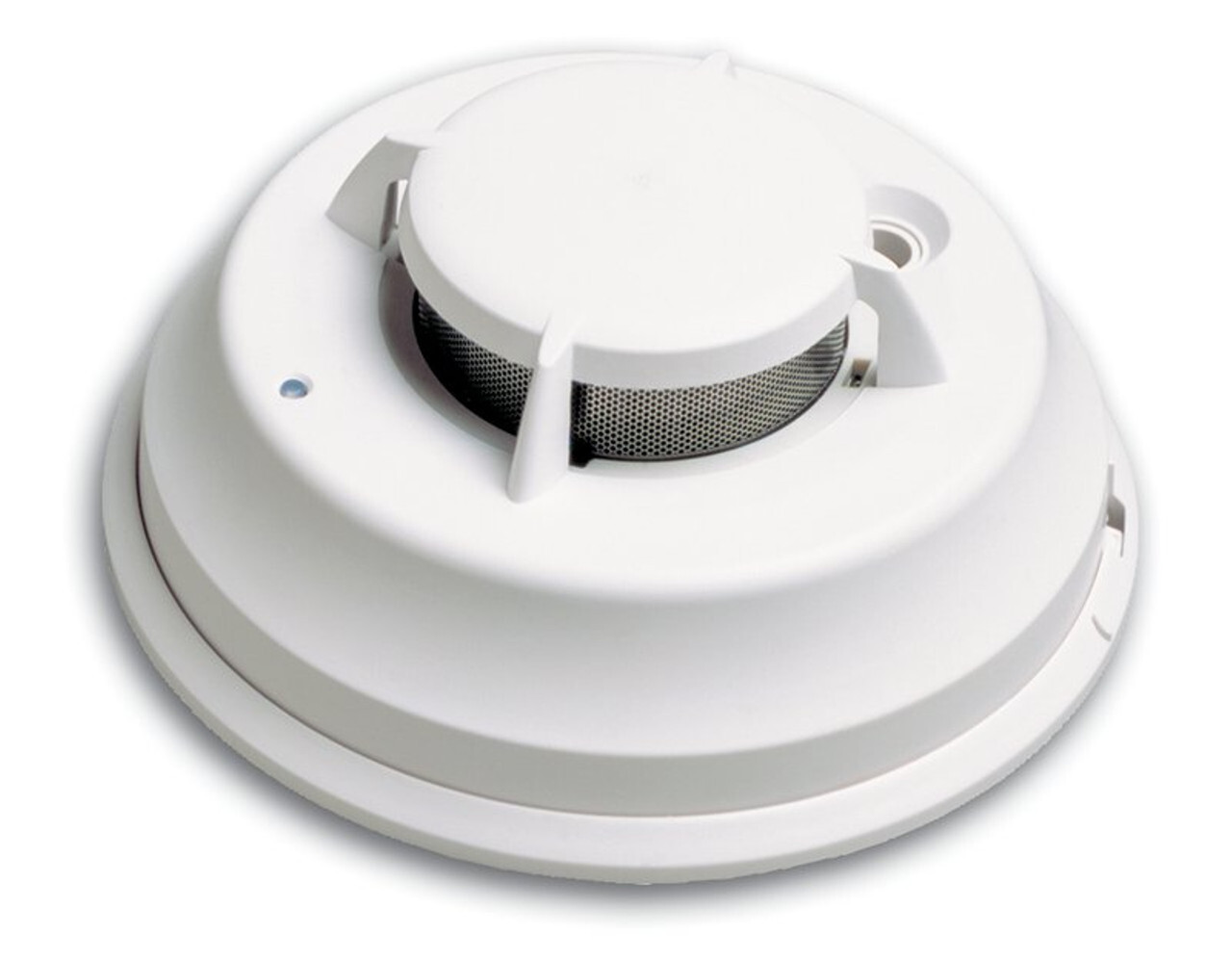

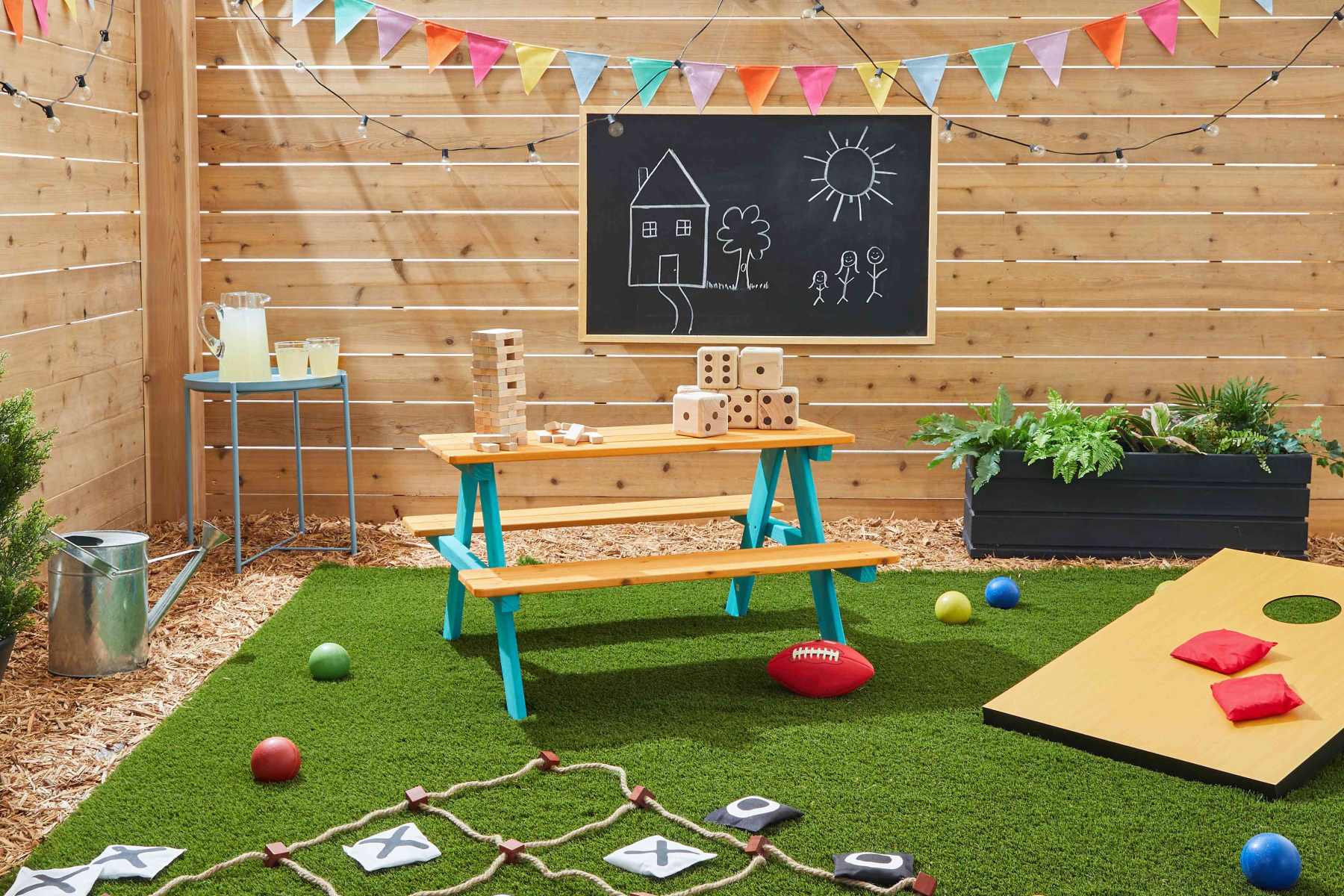

0 thoughts on “Topics For A Nursing Home Safety Meeting”